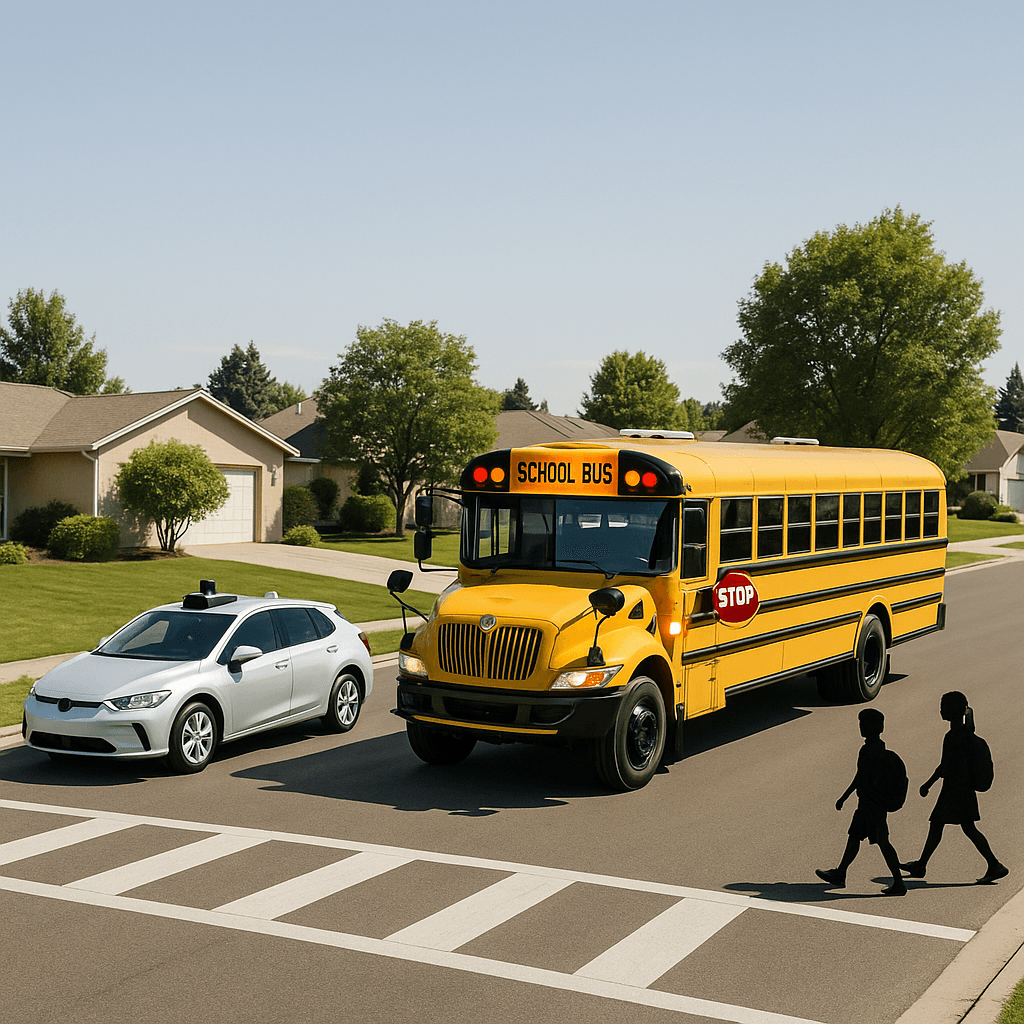Federal safety regulators just opened an investigation into Waymo after footage surfaced of the company's robotaxi driving around a stopped school bus with flashing red lights in Atlanta. The National Highway Traffic Safety Administration says the likelihood of similar incidents is "high," marking another regulatory challenge for the Google-owned autonomous vehicle leader during its rapid expansion across U.S. cities.
Waymo finds itself under federal scrutiny again after a robotaxi was caught on camera maneuvering around a school bus with flashing red lights while children were getting off in Atlanta. The National Highway Traffic Safety Administration announced Monday it's opening a formal investigation into the October incident, raising fresh questions about autonomous vehicle safety as the Google-owned company rapidly expands its footprint.
The footage shows the Waymo vehicle crossing perpendicularly in front of the school bus from its right side, then turning left around the front before continuing down the street. According to NHTSA's investigation document, regulators will examine how Waymo's self-driving software performs around stopped school buses and whether the system complies with safety rules designed to protect children.
What's particularly concerning for Waymo is NHTSA's assessment that "the likelihood of other prior similar incidents is high" based on the agency's engagement with the company so far. This suggests the Atlanta incident may not be isolated, potentially exposing a systematic blind spot in Waymo's autonomous driving system during a year when the company has been aggressively scaling operations.
Waymo's explanation reveals the technical challenge at hand. The company says the school bus was partially blocking the driveway the robotaxi was exiting, preventing the vehicle from detecting the flashing lights or stop sign. The company didn't immediately clarify whether its sensors could see the students disembarking or the bus's extended stop arm - critical safety features designed to create a protective buffer around children.
"Safety is our top priority, as we provide hundreds of thousands of fully autonomous paid trips every week in some of the most challenging driving environments in the U.S.," Waymo stated, pointing to data showing fewer crashes than human-driven vehicles. The company emphasized it has already pushed software updates to its entire fleet to address the issue.












